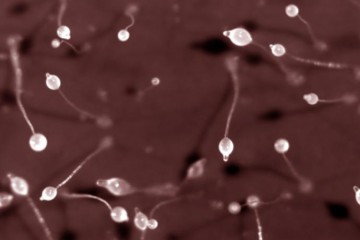Project grant
Novel biomarker platform for a 3Rs approach to assessment of developmental and reproductive toxicity

At a glance
Completed
Award date
February 2015 - August 2018
Grant amount
£312,867
Principal investigator
Dr Catherine Pears
Co-investigator(s)
Institute
University of Oxford
R
- Replacement
Read the abstract
View the grant profile on GtR
